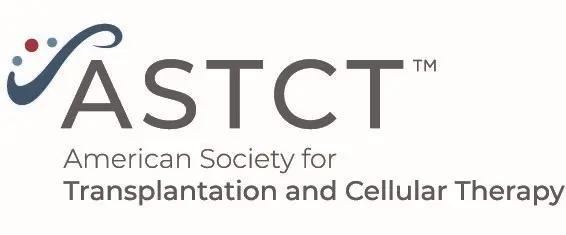T-cell Replete Cord Transplants Give Superior Outcomes in High-risk and Relapsed/refractory Pediatric Myeloid Malignancy
A recent study published in Nucleus discussed the utility of T-cell replete cord blood transplant in patients with high-risk pediatric acute myeloid leukemia and myelodysplastic syndrome.
A recent study published in Nucleus discussed the utility of T-cell replete cord blood transplant in patients with high-risk pediatric acute myeloid leukemia and myelodysplastic syndrome.

In a recent article published in Blood Advances, researchers conducted a large multicenter national analysis in which they reported the utility of T-cell replete cord blood (CB) transplant (TRCB) in high-risk pediatric acute myeloid leukemia (AML) and myelodysplastic syndrome (MDS).
Allogeneic stem cell transplant (SCT) is considered the treatment of choice to cure high-risk, relapsed, and refractory acute AML and MDS however, outcomes in these pediatric myeloid malignancies have been historically poor. TRCB enables enhanced graft-versus-leukemia (GVL) effect mediated by CB alloreactive donor T cells directed at measurable residual disease (MRD). Greater HLA disparity between donor and recipient with CB enhances the donor pool, leading to more rapid cell reconstitution, and is associated with low rates of chronic graft-versus-host disease (GVHD). For these reasons, and since CB is readily available, it is regarded as an appealing donor cell source of transplantation, especially for high-risk and relapsed/refractory malignancies where timely access to SCT is essential.
Data was collected from 112 patients undergoing TRCB and 255 patients in the comparator group for pediatric AML/MDS in 10 UK and Republic of Ireland bone transplant centers between January 2014 and December 2021. The utility of TRCB was compared to the comparator group consisting of consecutive pediatric patients undergoing either a T-cell depleted CB haematopoietic SCT or a transplant using other cell source at the same centers over the same period for the same indication. Data were collected pertinent to patient’s demographics, disease, and its treatment, including previous transplant, MRD, disease status at transplant, donor and HLA-match, relapse, death, GVHD, and transplant-related mortality (TRM). Acute GVHD was graded according to the Glucksberg criteria and chronic GHD according to the NIH consensus.
The authors found that TRCB transplant resulted in excellent outcomes, even in refractory disease, and was markedly superior over transplant using other cell sources. Even though the TRCB transplant group had higher rates of MRD positivity, refractory disease, and second transplant, multivariable analysis (MVA) showed both remarkably higher event-free survival (EFS) and reduced relapse rates (RR), with a trend towards higher overall survival (OS) in the TRCB cohort versus the comparator group. This impact of TRCB was present at all levels of MRD. Furthermore, chronic GVHD-free relapse free survival (cGFRFS) which is the most clinically relevant outcome measure for assessment in this setting was significantly improved for MRD-positive recipients of TRCB compared with other transplant type (48% vs 11%; HR 0.44 [95% CI], P = 0.001). In the MRD-negative patients, cGFRFS was not significantly different at 67% and 56% for TRCB and the comparator transplant recipients respectively (HR, 0.75 [95% CI], P = 0.3). These findings suggest that CB might be considered the optimal donor cell source in children requiring transplant for high-risk AML/MDS, including MRD positive and refractory disease.
Reference
Horgan C, Mullanfiroze K, Rauthan A, et al. T-cell replete cord transplants give superior outcomes in high-risk and relapsed/refractory pediatric myeloid malignancy. Blood Advances. 2023;7(10):2155-2165. https://doi.org/10.1182/bloodadvances.2022009253